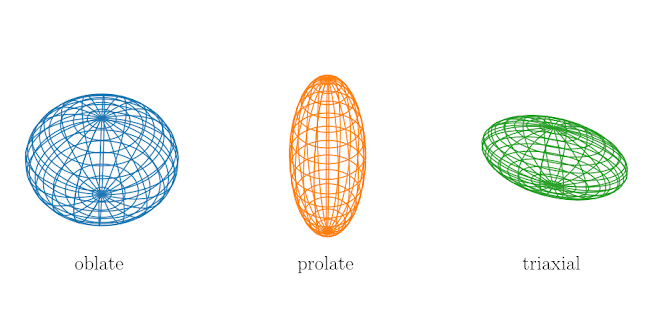1. Fundamentals of Finding Faint Field Dwarfs Photometrically
Title: Hunting Faint Dwarf Galaxies in the Field Using Integrated Light Surveys
Status: Published in ApJ, 2018
Authors: Shany Danieli, Pieter van Dokkum, and Charlie Conroy
Integrated Light vs. Star Counting Surveys
There are two basic means of identifying dwarf galaxies in observations:
1. treating galaxies as bodies that are made up of many individual point sources
2. considering galaxies as their own essentially indivisible integrated light objects
In the first scenario (star counting), one looks for over-densities of stars relative to the Galactic background. Locally, this is a very effective strategy, which can detect dwarfs down to the very low surface brightness regime, but fails at greater distances where the brightness of the individual stars is attenuated.
At greater distances, the second scenario (using integrated light) is preferable, taking advantage of surface brightness being distance independent at low redshift. The drawback here is that, ultimately, studies interested in the resolved stellar populations of a candidate system will require follow up.
Because these two methods act in essentially different regimes, they can be considered complementary. As integrated light surveys join the efforts of existing star counting surveys, we should expect to improve our completeness with respect to local dwarf detections.
Dwarfs in the Local Volume
Using empirical relations based on the properties of Local Group (d < 3 Mpc) dwarf galaxies and extrapolations of the stellar mass-halo mass (SMHM) relation at low stellar masses, Danieli et al. infer the number density of dwarfs at various stellar masses with limiting surface brightnesses and spatial resolutions. There are two primary sources of uncertainty in this estimation:
1. The assumption that Local Group dwarfs are representative of dwarfs throughout the Local Volume (d ≲ 10 Mpc), where different formation and environmental mechanisms might be in play introduces certain biases. Until there's a comprehensive sample of low mass dwarf galaxies in the Local Volume that is comparable in completeness to the Local Group sample, this uncertainty cannot be easily constrained.
2. The stellar mass-halo mass relation is poorly constrained at low masses (due to lack of observations). The authors adopt results from Behroozi et al. 2013 as the upper limit of the SMHM relation and Rodriguez-Puebla et al. 2017 as the lower limit. The anticipated number of detected dwarf galaxies differs by an order of magnitude depending upon which of these relations is used in the calculation. Once again, this uncertainty can only be improved by increasing the number of observations of low mass galaxies.




Comments
Post a Comment